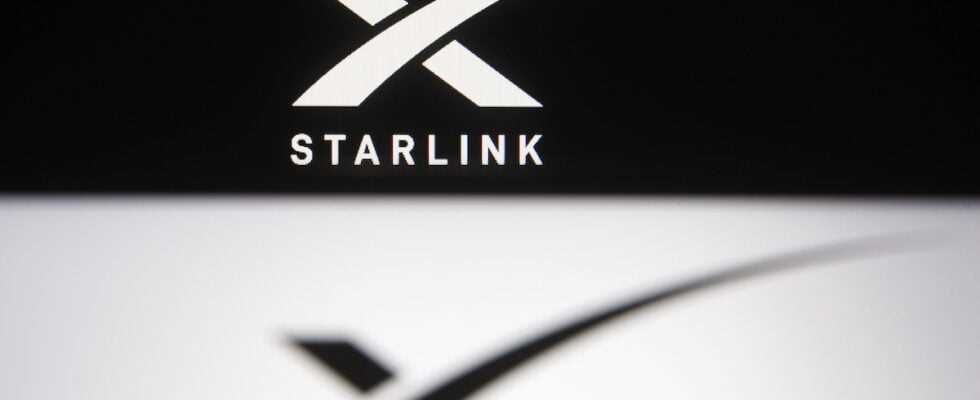While the satellite internet service is now available on the French market, the question still arose as to whether the antennas used to capture the signal from the constellations sent into low orbit by Elon Musk’s company were harmful to health. The ANFR has just answered in the negative. For the French frequency policeman, “the levels measured inside and outside the beam at different distances from the antenna show that they are below the regulatory limit value, set at 61 V/m for the frequency bands concerned”.
In detail, the ANFR specifies that if the level of exposure to the waves were greater (around 9 V/m) one meter from the antenna and in the axis of the beam, this “ decreases very rapidly with distance. “At two meters, on all the measurement points made, the exposure levels observed do not exceed 0.7 V / m”, notes the ANFR, which also specifies that the “levels measured outside the beam, close to the parabola, remain very low, less than 1 V/m”.
Especially since it is ultimately “unlikely that a human being will be exposed to the measured level of 9 V/m for a significant period of time, because his presence in the beam would stop the operation of the equipment and therefore his exposure to the waves “, indicates the agency in charge of the control of the frequencies.
An upcoming business offer
Something to reassure the general public, while the service marketed by the subsidiary of the American giant SpaceX could render proud services in the context of the fight against the digital divide. As a reminder, Starlink is accessible via “an antenna which automatically orients itself, thanks to an integrated motor, towards the nearest satellite, and communicates thanks to a beam whose orientation changes rapidly over time”, notes the ANFR. As a reminder, the satellite internet service has been available in France since May 10, for a fixed price starting at 99 euros per month.
While the satellite Internet service now mainly addresses households located in white areas, it also intends to establish itself on the business telecoms market. The American company indeed presented its new Starlink Premium service at the beginning of February, with the stated objective of attracting companies in need of connectivity. Although this new offer will not be available before the second quarter of 2022, it already promises “download speeds of 150 to 500 Mb/s and latency of 20 to 40 ms, allowing high-speed connectivity for small businesses, factories and professional users around the world, ”argues the SpaceX subsidiary.
The increased throughput and priority support promoted by this offer will not come cheap, however. The initial hardware required for Starlink Premium will cost subscribers $2,500, plus $50 for shipping and handling. In addition, they will have to pay $500 per month for the required broadband subscription, which is five times the $99 per month of Starlink’s standard subscription.
